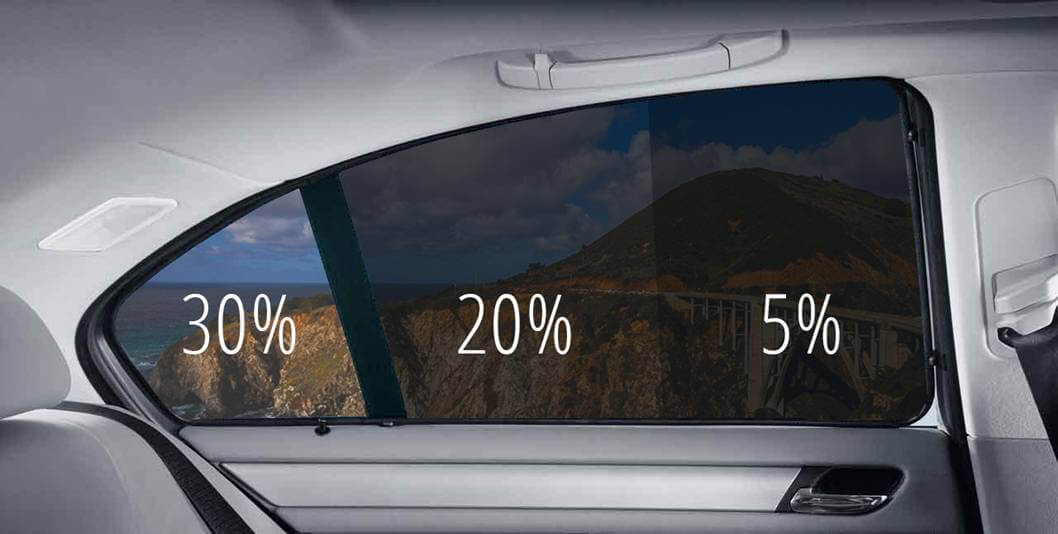

The amount of reflective material used during tinting must be in adherence to the Florida tint regulations. You cannot opt for as much reflectiveness as you want for the window glasses of your car, SUV, RV or van. If you plan to get window tinting done in Florida, you should stay informed about the legal tint reflection levels. The purpose of reflection an automotive tint film offers is to reduce the heat entering the vehicle. Legal window tint percentages do not just concern the darkness or LVT levels, but also the reflective levels. Reflection Level of Legal Tint in Florida Therefore, it is for every vehicle owner to understand that window tinting laws and legal car tint levels have been enforced for your own safety on the road.Īt Massive Mobile Window Tinting, we remain fully up-to-date with the laws so as to provide car owners with window tinting solutions that are not just of the highest quality but are also within legal standards.
#Window tint levels drivers
The main purpose of enacting these laws and regulations is to allow proper visibility for law enforcement officials into the vehicle as well as allow drivers to have a clear vision of the road through the windows, particularly during nighttime. Maintaining specific darkness of VLT levels is extremely important.

One key thing that you might have noticed is that the VLT percentages for the windshield and front side window glasses are the same each for sedans, SUVs and vans.
#Window tint levels windows

Rear Window: Must allow more than 15% of light in.Back Side windows: Must allow more than 15% of light in.Front Side windows: Must allow more than 28% of light in.Windshield: Non-reflective tint is allowed above the manufacturer’s AS-1 line.But this is the highest level and even 10 percent tint, 15 percent tint or 20 percent tint will provide adequate protection for your specific needs.

In most states, the VLT or the level of darkness is up to 50%. That is why it is important to know what percentage of VLT is legally permissible for the vehicle you have. In Florida, the legal window tint percentage is different for cars, SUVs, sedans, vans, etc. LVT is an abbreviation of Visible Light Transmission, which refers to the amount of visible light that can enter through the protective tint film installed in different kinds of vehicles. This is because the tint legislation in the state has been formulated on the basis of this very concept. Florida too has its own window tint laws and regulations.īefore we start discussing tint laws in Florida, you should understand what VLT means. No matter where you live in the US, you will find that every state has enacted a law in regard to the darkness levels of vehicle window tint. In this article, we will talk about Florida window tinting laws in particular including legal window tint levels and percentages so that it becomes easy for you to remain compliant to these laws and regulations. In fact, you need to know other rules and regulations in this regard as well in order to avoid violation of tint laws and payment of hefty fines. If you live in Florida, you will need to get tinting on your vehicle done in accordance with the window tint laws in the state. When it comes to tinting, one thing that you should certainly remain aware of is what kind of window tint percentages are allowed in your state. Tinted car windows give protection against harmful UV rays as well as help you maintain privacy. While on the road, you will often see vehicles with tint films that keep the inside temperature at a moderate level. Considering all the benefits tinting offers, it is an excellent idea to get the windows of your car, SUV or van tinted.


 0 kommentar(er)
0 kommentar(er)
